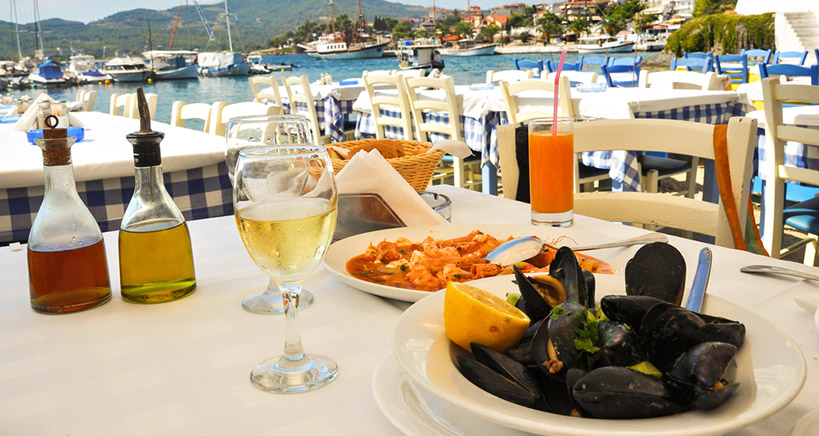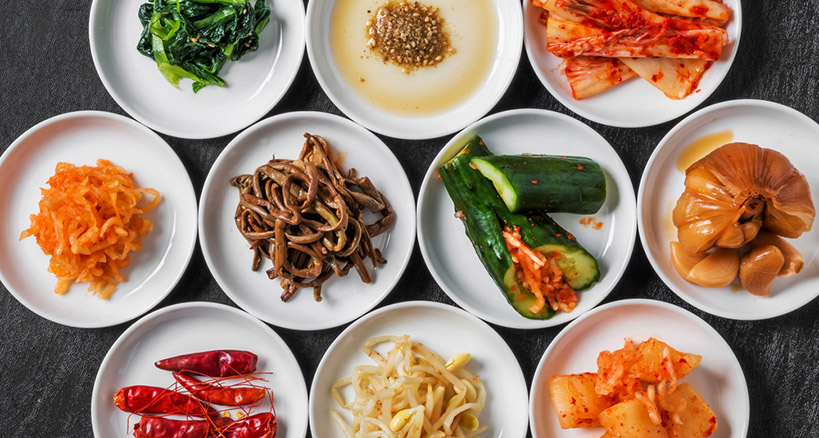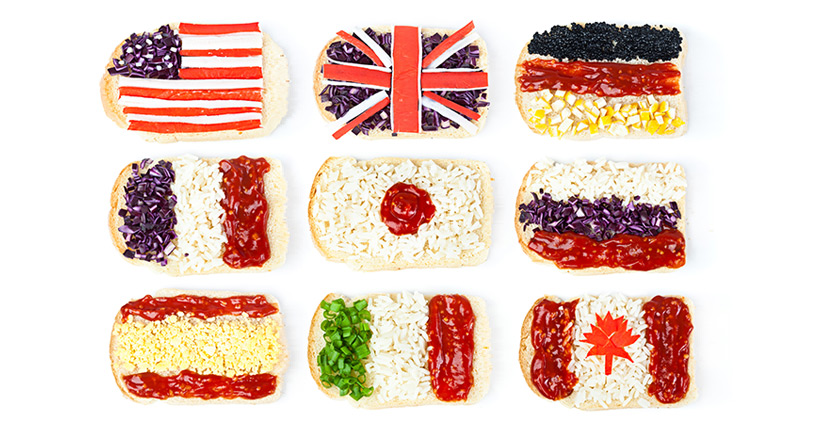
Greek Cuisine
Ethnic food is all the rage at the moment. We’ve already discussed internationally flavored breakfasts and Southwestern cuisine, so now it’s time to put the focus on Greek cuisine. With its heart-friendly ingredients and unique dishes, along with amazing taste and fabulous flavors, Greek cuisine has been enticing foreigners and natives alike for many years. Here, you will find all you need to know about the history of Greek cuisine, as well as the spices and elements that will make it a hit at your next catered event.
History of Greek Cuisine
Greece, located in the southeast of Europe, has a rich history and culture that permeates throughout the country. Though Greek cuisine has evolved significantly over the course of Greece’s history, many traditional dishes are still popular today. Typical Greek cuisine is derived from a general Mediterranean palette and consists of what is known as the “Mediterranean Triad”: grains/wheat, olives/ olive oil, and grapes/wine. The olives and olive oil in particular; and fruits, vegetables, honey, and fish in general, are the pillars of Greek cuisine, and these foods combined, have made Greece to be known as the birthplace of one of the healthiest diets in the world.
Continue reading Greek Cuisine: A Healthful and Delicious Catering Option


 The National Restaurant Association’s (NRA) “What’s Hot: 2016 Culinary Forecast” included not one, not two, but three ethnic cuisine-related trends in its Top 20 roundup.
The National Restaurant Association’s (NRA) “What’s Hot: 2016 Culinary Forecast” included not one, not two, but three ethnic cuisine-related trends in its Top 20 roundup.